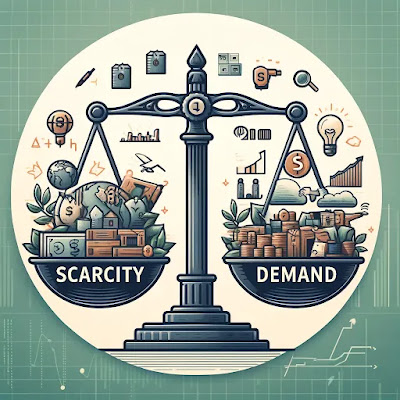In today’s digital age, various payment options are available to facilitate transactions efficiently. Whether for online shopping, bill payments, or business transactions, choosing the right payment method ensures security, convenience, and flexibility. This blog explores different payment options and their advantages.
1. Cash Payments
- No transaction fees
- Instant settlement
-
No need for internet accessDisadvantages:
- Risk of theft or loss
- Inconvenient for large payments
2. Bank Transfers
- Wire Transfers (e.g., SWIFT, RTGS)
- Automated Clearing House (ACH) Transfers
-
Electronic Funds Transfer (EFT)Advantages:
- Secure and reliable
- Suitable for large transactions
-
Can be scheduled for recurring paymentsDisadvantages:
- Processing time varies
- May have transaction fees
3. Debit and Credit Cards
- Convenient and widely accepted
- Offers fraud protection
-
Credit cards provide purchase protection and rewardsDisadvantages:
- Interest charges on credit card debt
- Possible transaction fees
4. Mobile Payment Apps
- Fast and contactless
- Secure with encryption and authentication
-
Easy to use for online and offline paymentsDisadvantages:
- Requires internet access
- May have transaction limits
5. Cryptocurrency Payments
- Fast international transactions
- Lower transaction fees compared to banks
-
Enhanced security and privacyDisadvantages:
- Price volatility
- Limited acceptance
- Regulatory uncertainties
6. Buy Now, Pay Later (BNPL) Services
- No interest if paid within the stipulated time
-
Helps manage large purchasesDisadvantages:
- Late fees may apply
- Can encourage overspending
7. Checks & Money Orders
- Can be used without electronic systems
-
Good for business transactionsDisadvantages:
- Slower processing time
- Risk of check fraud
Conclusion
With numerous payment options available, choosing the right one depends on factors such as security, convenience, transaction fees, and accessibility. Businesses and consumers should assess their needs and select the most suitable method for their financial transactions.
Would you like to know more about a specific payment method? Let us know in the comments!
Different Payment Options Quiz
Test your knowledge about various payment methods!




